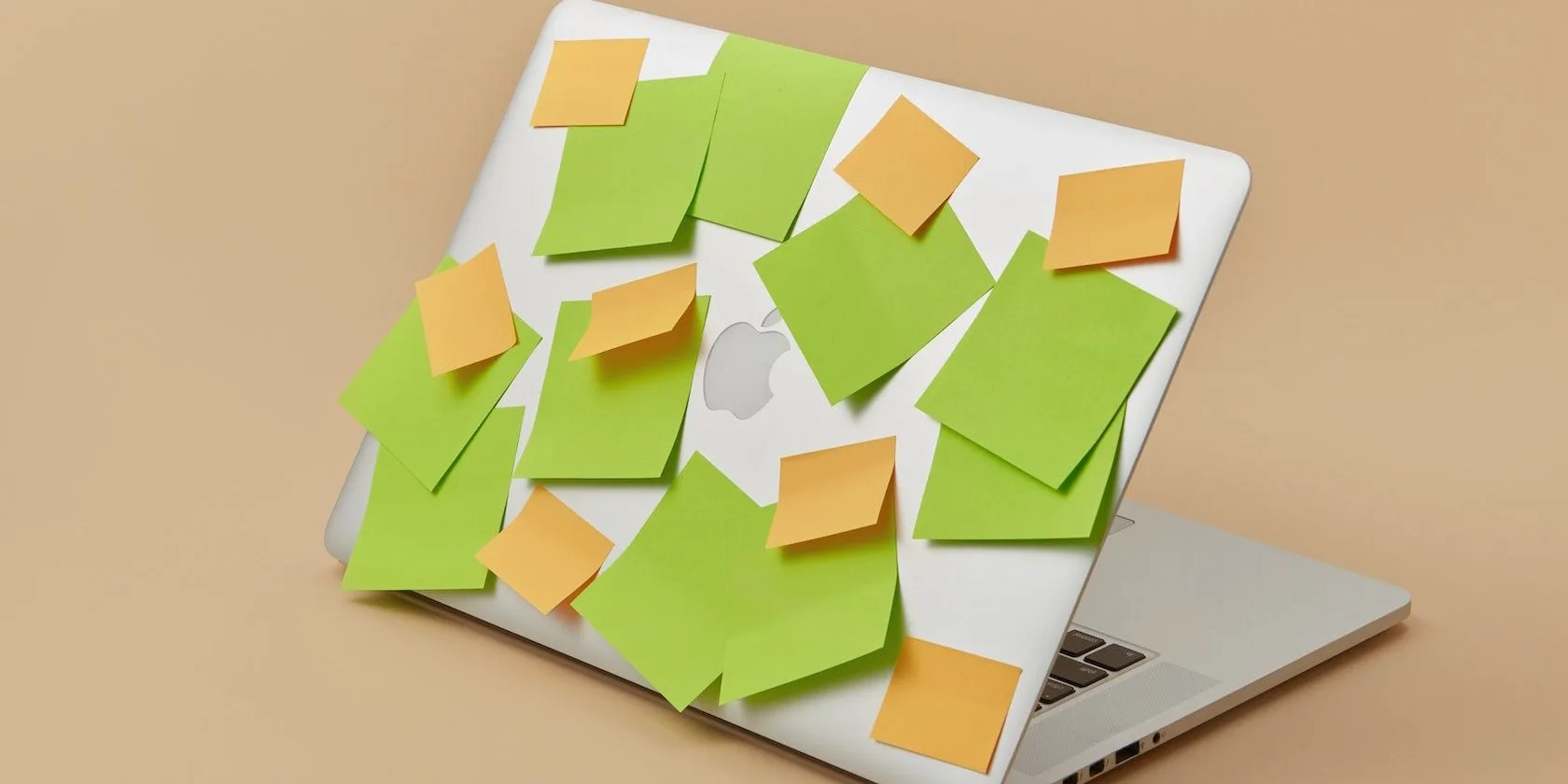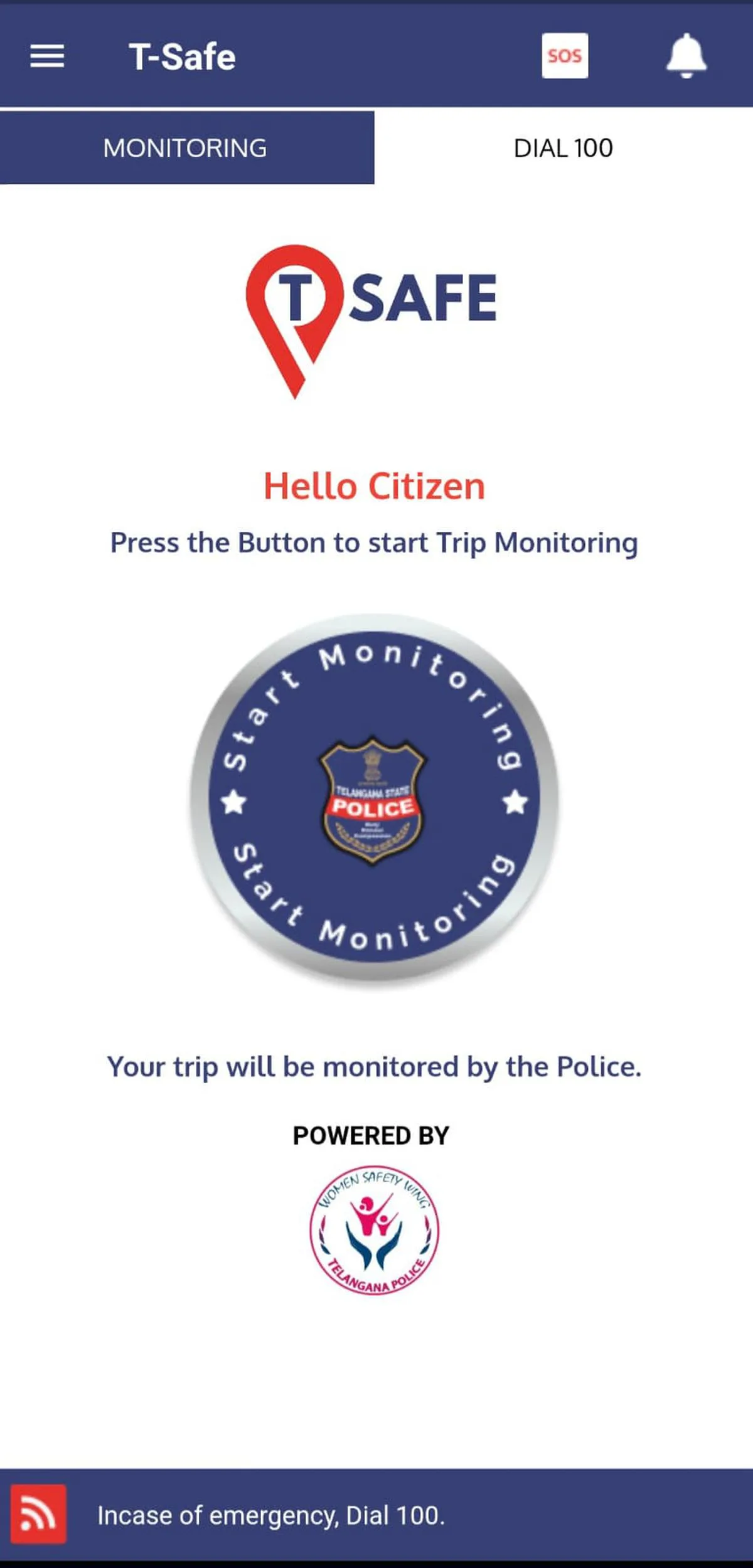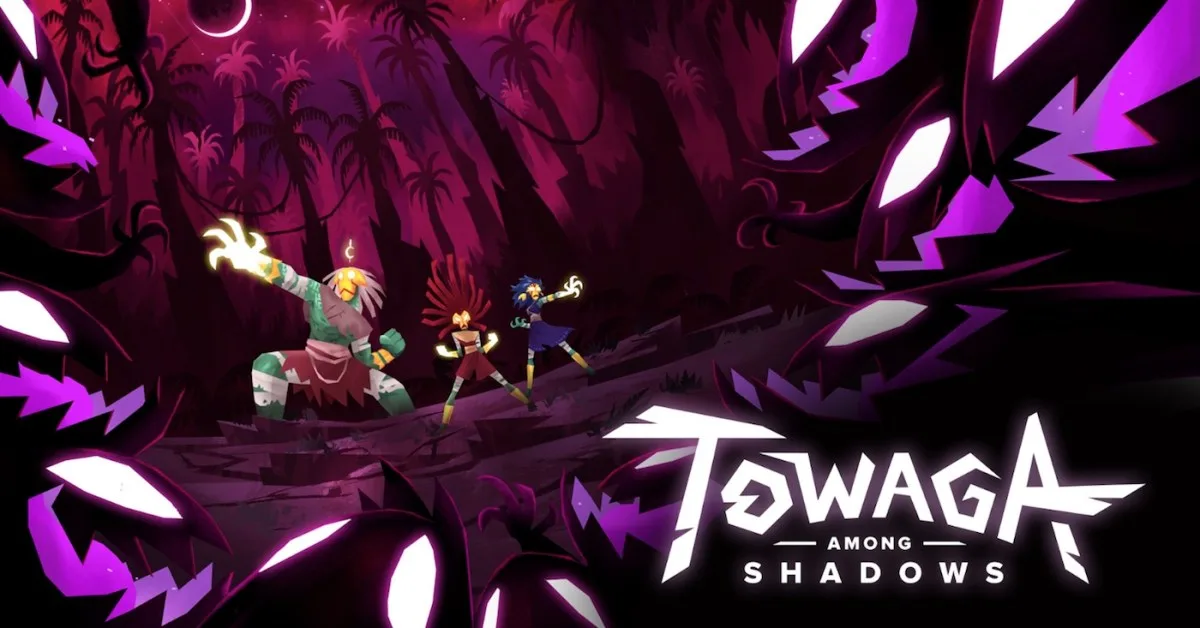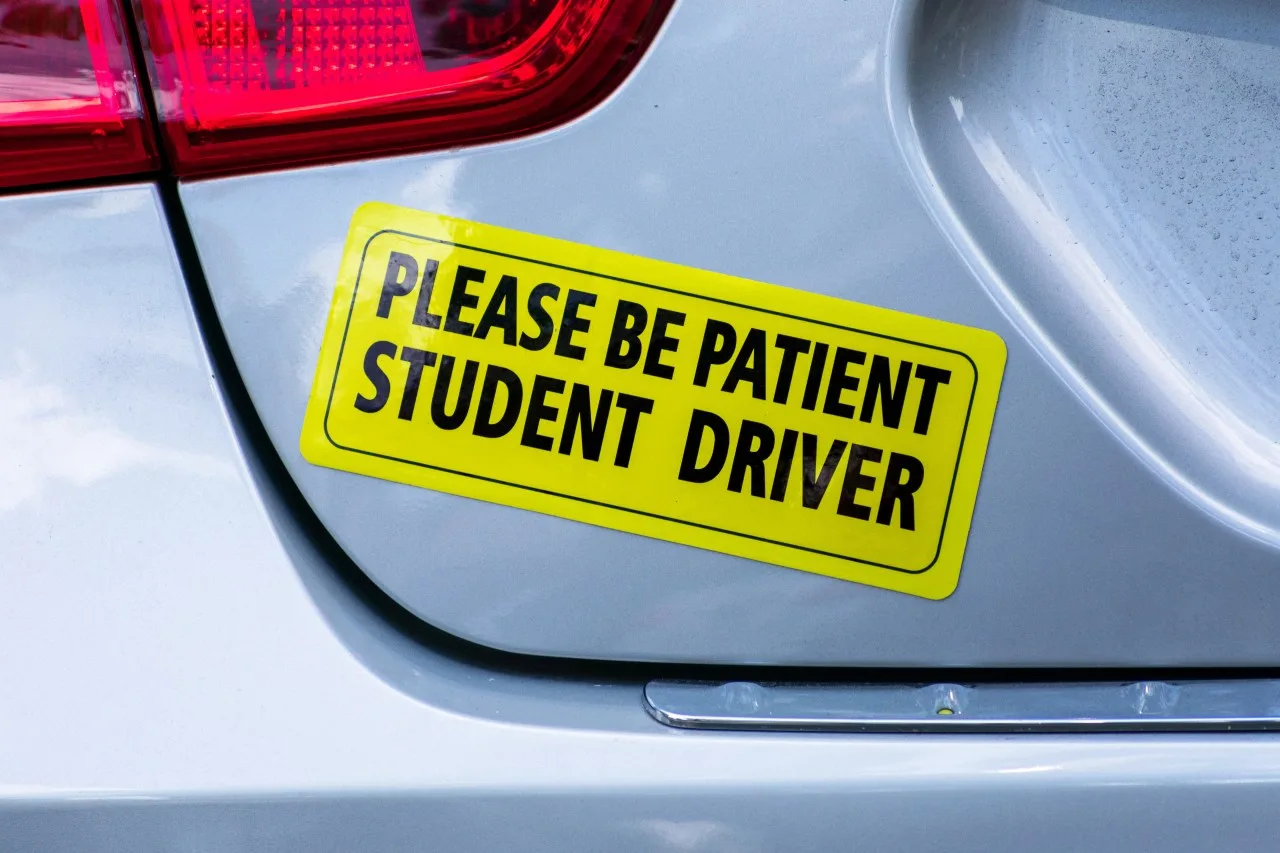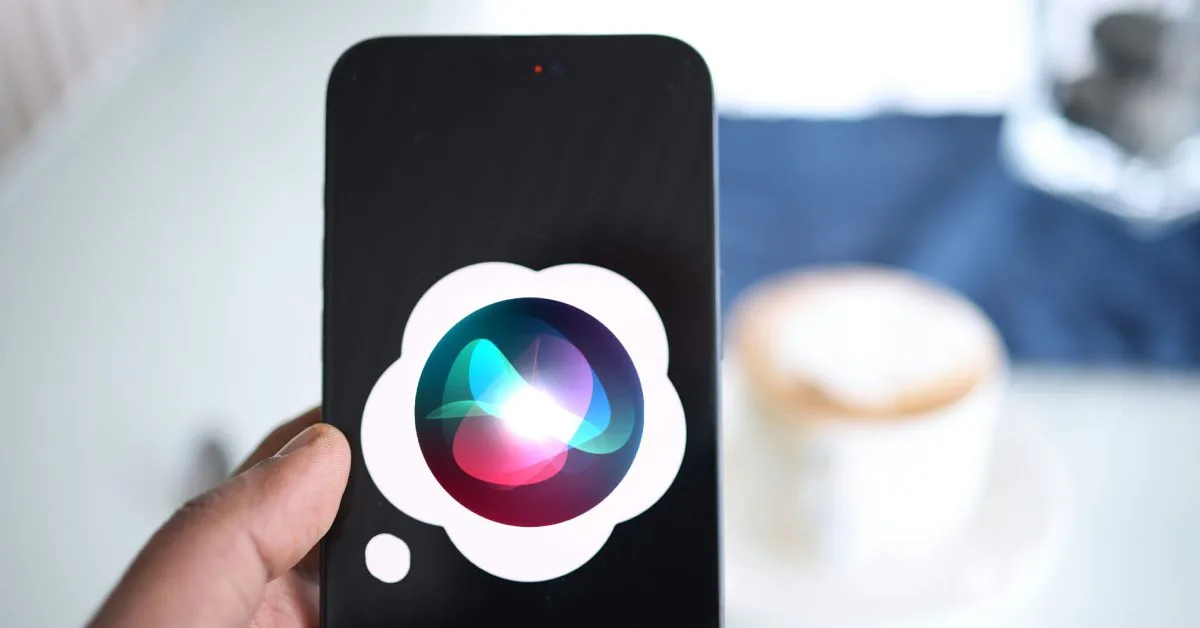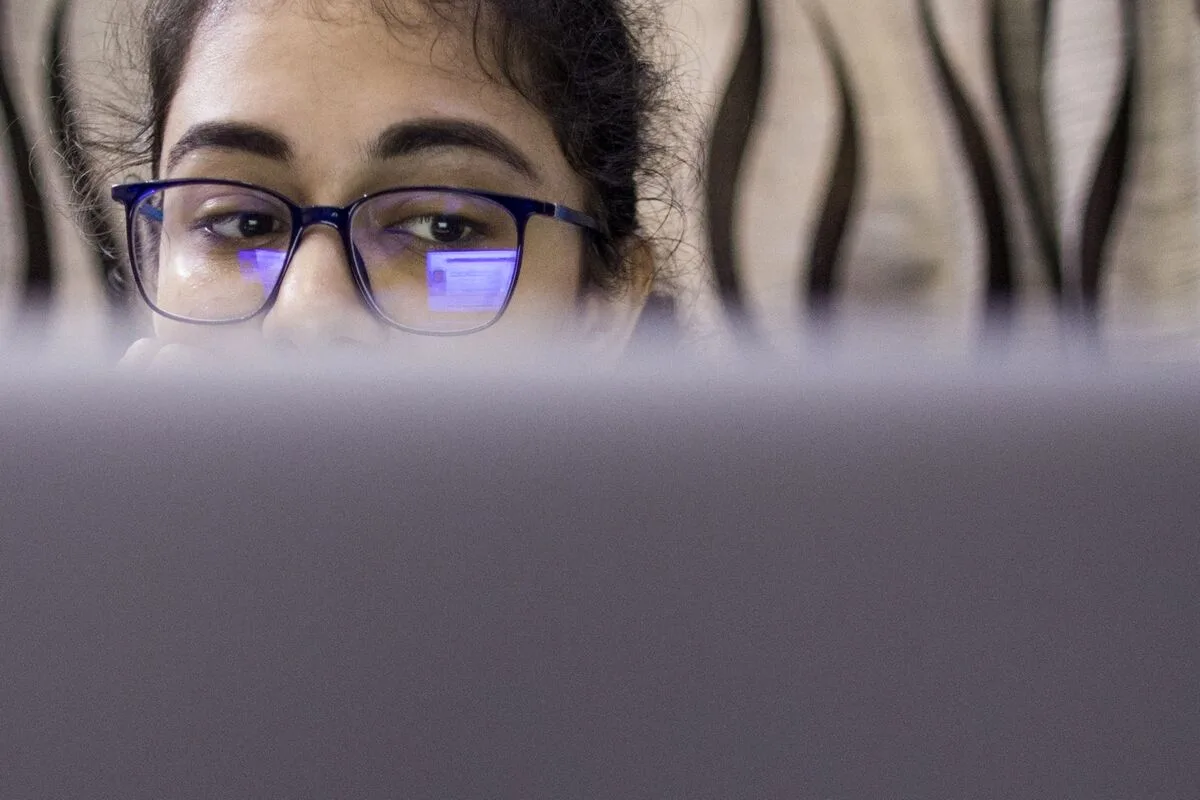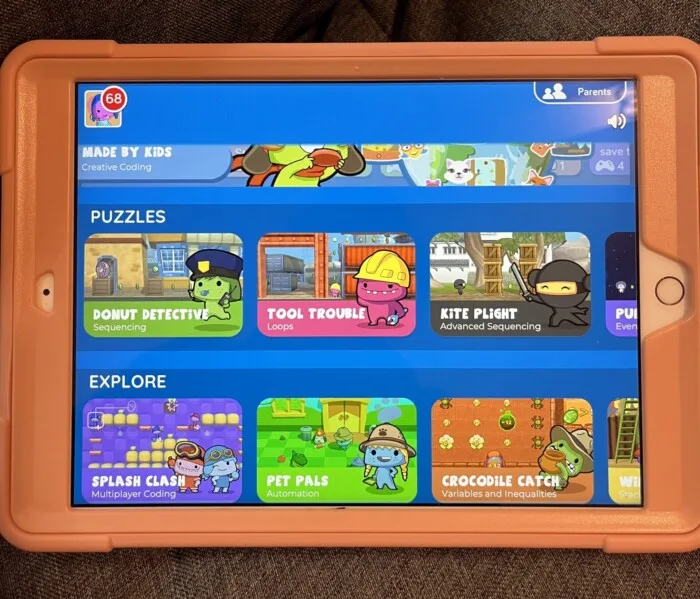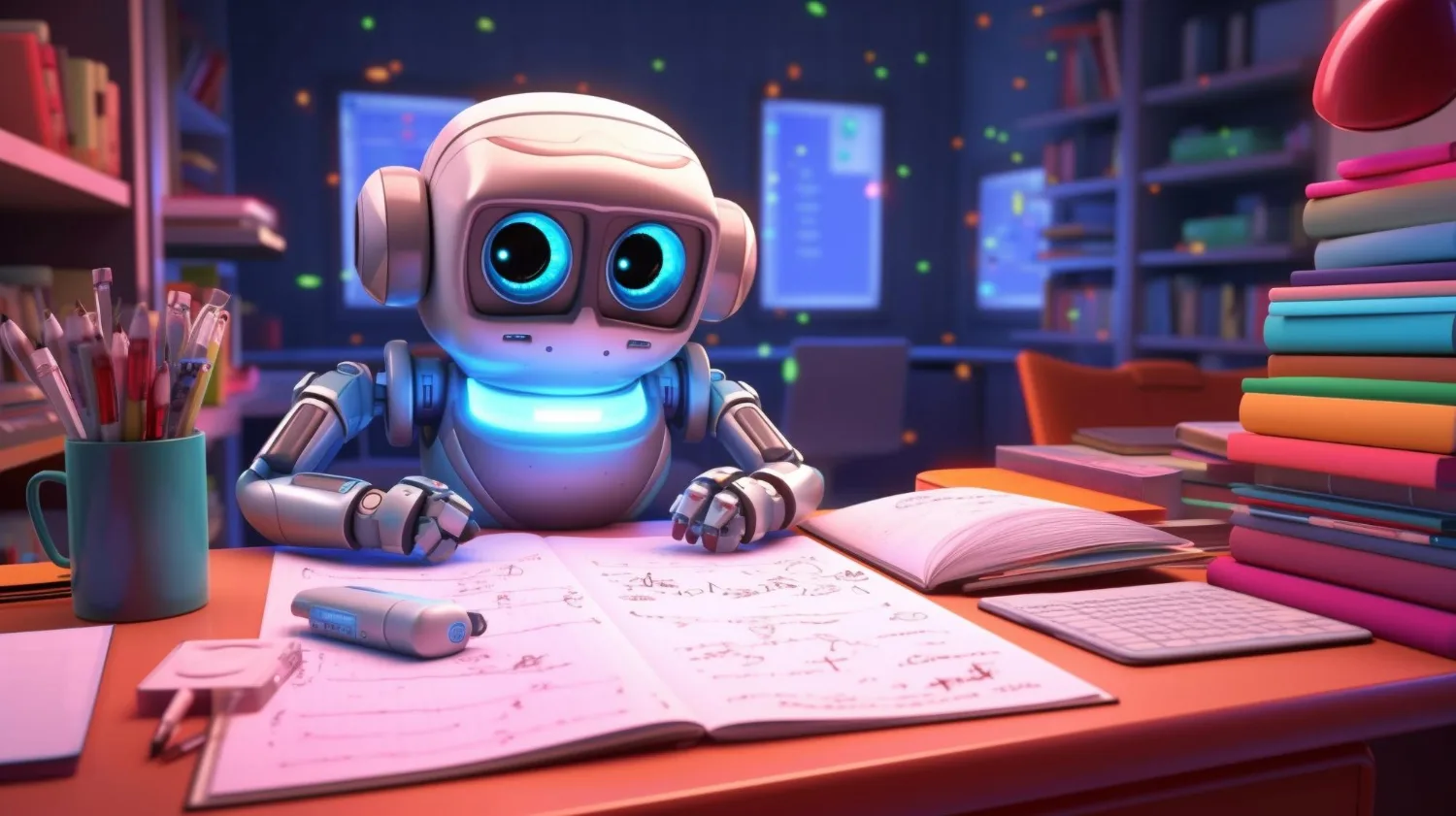TikTok Rubs It In UMG’s Face With ‘Add to Music App’ Expansion
The TikTok ‘Add to Music App’ in action (photo: TikTok)
The ‘TikTok-to-Spotify Pipeline‘ is a real and powerful thing. Now, it’s a very real and powerful leverage point in the contentious TikTok vs. Universal Music Group standoff. Enter the now globally-ubiquitous ‘Add to Music App.’
TikTok’s decision this week to dramatically expand its ‘Add to Music App’ to more than 160 countries worldwide could be coincidental. Alternatively, dramatically expanding this one-click music-adding option could be a perfectly timed leverage tactic against Universal Music Group, whose vast catalog will certainly not be included in the fun.
Earlier, we noticed that TikTok’s algorithms appeared to de-emphasize muted content previously featuring UMG music. Taken together, we may be witnessing a tried-and-true negotiation tactic designed to weaken UMG’s position in its protracted licensing standoff.
Check out our recent DMN Pro Weekly report for a complete breakdown of the recent UMG-TikTok standoff and what we know about TikTok’s music deal structures. We dive deeper into what this standoff means, what led to the breakdown, TikTok’s royalty contributions to the music industry compared to other UGC platforms, and an eye-opening comparison between the revenues of UMG versus TikTok owner ByteDance.
The ‘Add to Music App’ simply allows TikTok users to add a specific song to their streaming platform of choice. That makes this little app button a potent tool.
By now, the ‘TikTok-to-Spotify pipeline’ is a recognized phenomenon.
And what is the ‘TikTok-to-Spotify pipeline,’ for the uninitiated?
The term — or its variations — refers to the rapid flow of discovery from TikTok to Spotify, with a viral TikTok video inevitably leading to a bull-charge of plays, saves, and followers on the DSP. In almost every case, the upsurge begins on TikTok but quickly spreads beyond the short-form video platform.
And this goes way beyond Spotify. In most cases, ‘TikTok-to-Spotify’ is more accurately described as ‘TikTok-to-DSPs’ given the general spread of subscribers and users across Spotify, Apple Music, Amazon Music, YouTube Music, and other streaming music platforms. Accordingly, this may be more accurately described as a ‘swarm’ than a ‘pipeline.’
And the data backs this up: Legitary, a company focused on auditing stream counts and rooting out streaming platform fraud, recently told DMN that song spikes are rarely limited to one streaming platform. Instead, isolated platform spikes often indicate something wrong is happening — an ‘anomaly,’ as the company puts it.
During the company’s product expansion announcement earlier this week, TikTok’s Global Head of Distribution Partnerships, Isaac Bess, summarized this now-predictable flow. “With our Add to Music App, we’re streamlining the music discovery experience for both TikTok users and artists,” Bess said.
“Music fans are embracing the opportunity to save music from TikTok directly to their favorite music streaming services, driving music discovery and helping more tracks to break through and become hits.”
Incidentally, that list of ‘favorite music streaming services’ includes TikTok’s homegrown streaming platforms, present and future. However, we wish TikTok luck licensing any UMG content for those ambitious build-outs.
During the relatively calmer summer of 2023, TikTok rolled out its ‘TikTok Music’ streaming platform in Brazil and India, with the blessings of Universal Music Group, Sony Music Entertainment, and Warner Music Group, among others. But UMG declined to license subsequent launches in Australia, Mexico, and Singapore, a harbinger of things to come.
In terms of ‘pro tips,’ artists are well-advised to position their music on various DSPs before they blow up on TikTok. Otherwise, the pipeline becomes abruptly disrupted, and fan engagement is squandered during a critical viral moment.
But for Universal Music Group artists, that flow is now structurally blocked.
The reason is that the ‘pipeline’ can never get started if there isn’t a UMG-signed song to start it. Instead, those viral moments — and their downstream DSP spikes — will be reserved for artists on other labels, like Warner Music Group and Sony Music Entertainment.
Coupled with a few algorithmic downgrades for muted videos, and you can see where this is going.
So what’s UMG’s next move?
The brief history of these music industry standoffs suggests a short-term resolution, as Warner Music Group chief executive Robert Kyncl aptly observed. But this dispute is already weeks long, with both sides potentially digging their heels deeper.
A weeks-long dispute can quickly become a months-long disagreement, with TikTok potentially drafting product plans to work around their gaping content gaps. TikTok Music, previously known as ‘Resso,’ is hanging in the balance, and absolutely needs Universal Music Group licensing agreements to get off the ground.
A wildcard may come from another significant IP holder joining UMG in solidarity. But as we’ve reported, that won’t be Warner Music Group. And despite warm and supportive statements supporting UMG, others have also declined to exercise the nuclear option.
And the standoff continues.

